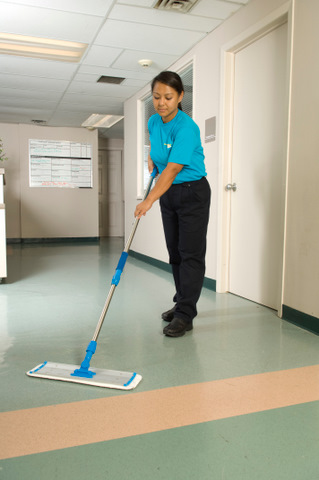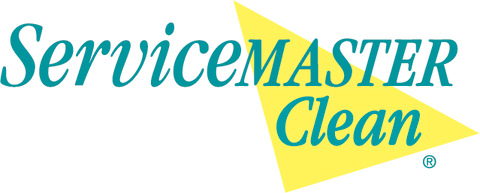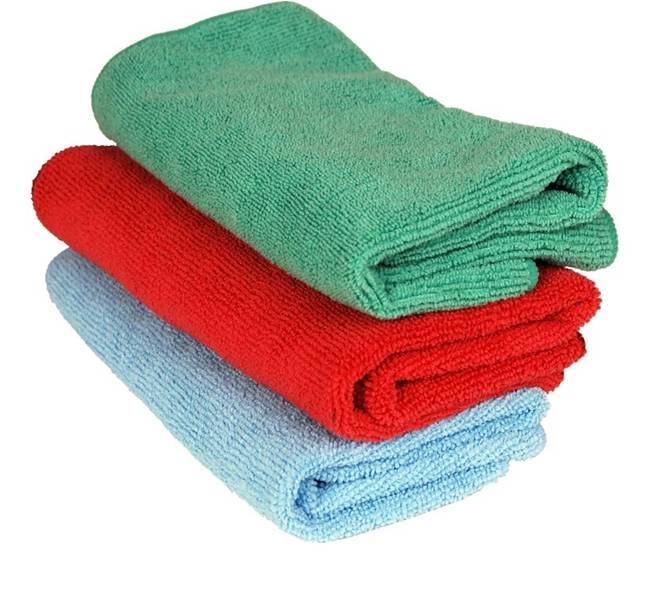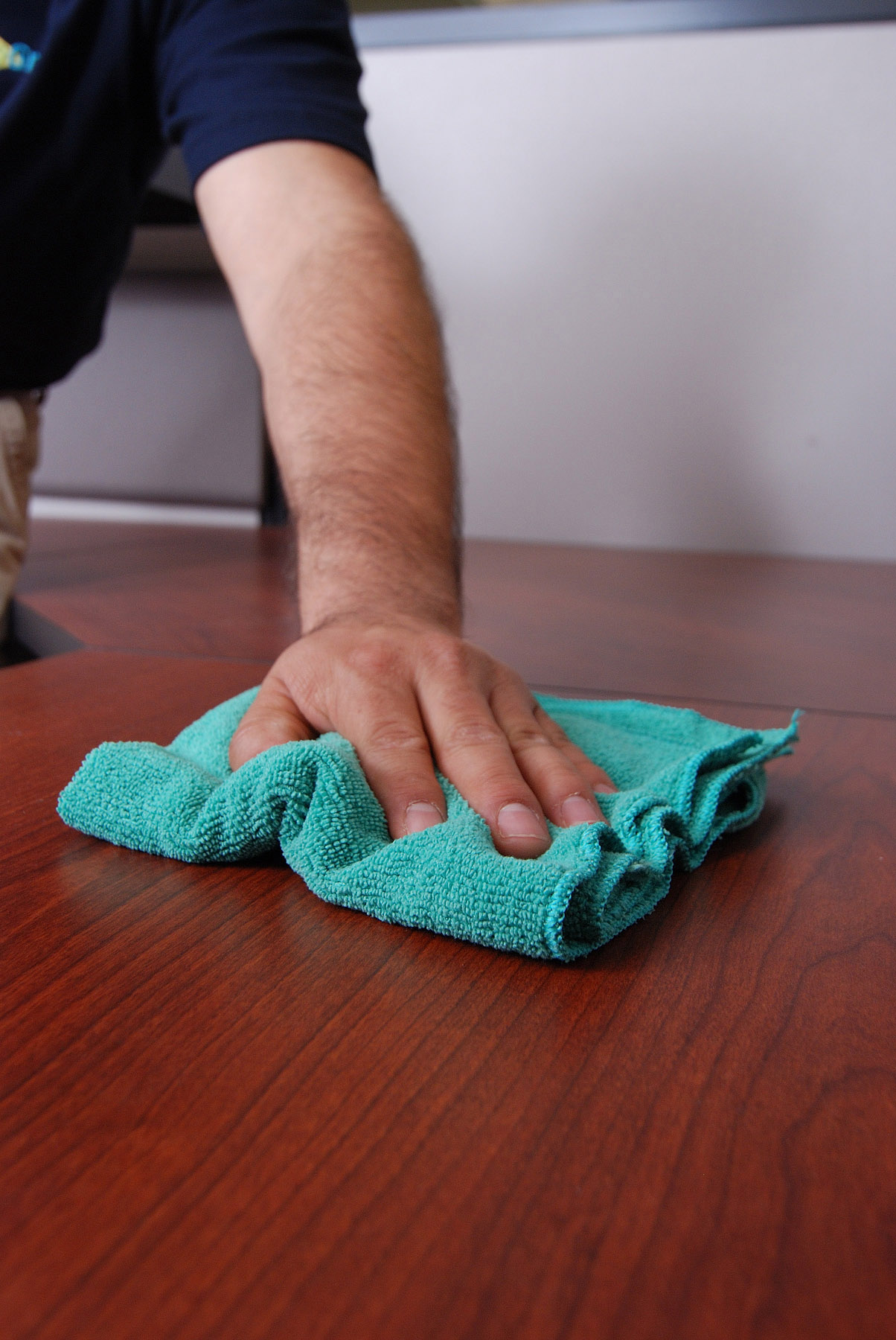
In This Issue:
Cleaning Technology
A gathering of random but useful information - some pertaining to cleaning, some to a healthier environment, and a bit focusing on nothing in particular.
Cleaning Technology
Microfiber technology is arguably the most significant product innovation to the cleaning industry in the last century. Not only has microfiber proven to reduce time and energy on certain tasks, it is environmentally friendly and rarely requires the use of chemicals. If chemicals are needed, typically very little is required.
“Microfiber in general, is an amazing technology. It is used in many applications and is particularly well suited for cleaning because of its "magnetic" attraction to dirt and dust. Microfiber products are extremely soft so they won’t scratch sensitive surfaces,” says Cliff Brown, general manager of ServiceMaster by J&C Brown.
At first glance, the microfiber cloth appears to be no different than other cotton cloths. Both have similar thickness and feel, but when comparing the two it’s apparent that microfiber is steps ahead of its cotton counterparts. However, microfiber is a synthetic fiber made up of a blend of polyester and polyamide or nylon. These materials are bundled together to form a strand that when examined under a microscope appears in the shape of a star. Those bundles are then split into ultra-fine single fibers using a specific combination of chemicals, heat and agitation. The fibers are finally woven together to make the finished microfiber product.
Research shows that it is the amount of splits determines the quality of the microfiber. The splitting process breaks down each fiber into a very thin strand, estimated to be at least one-sixteenth the size of a human hair. When woven together these strands create a surface area covered with millions of spaces between the fibers to trap moisture, dirt and debris.
Furthermore, research has also shown that static charge aids in the effectiveness of microfiber cleaning. The millions of fibers rubbing together produce a static charge that attracts the dirt, pulling it in and trapping it until the cloth or pads are washed, at which time the charge is broken and the dirt is released. In fact, a microfiber cloth is usually included when purchasing most commercial televisions.
 | ||||||
 | ||||||
In addition to being used for wiping down traditional surfaces, microfiber cloths may also be used for most surfaces including floors, walls, ceilings, windows, mirrors, and harder-to-reach surfaces. Research has proven microfiber cloths, flat mops, and mitts are not only more ergonomic and productive, but clean better overall. For example, string mops create a lot of splattering on baseboards and only moves dirt and water around, leaving a dirty residue in your grout lines and creases in your floor. However, a microfiber flat mop’s looped fibers grab and remove dirt and debris.
Microfiber technology has helped cleaning companies clean more thoroughly and efficiently. This innovation has transformed the industry and shaped new cleaning systems in all business industries.




